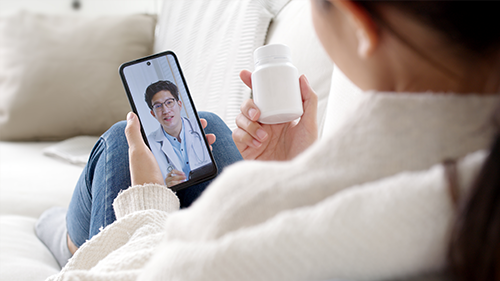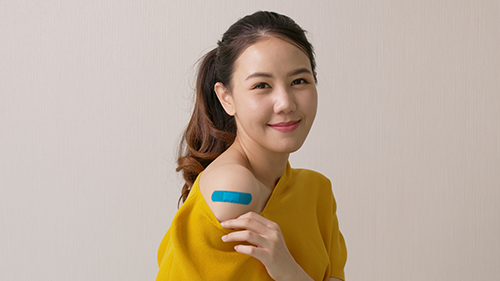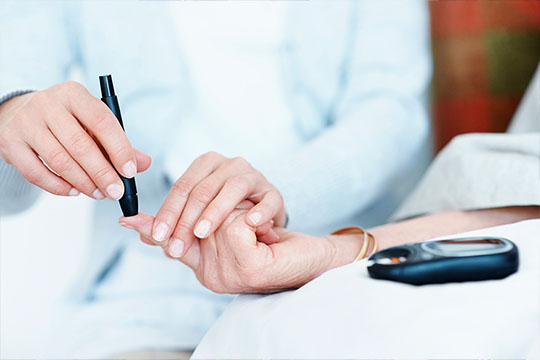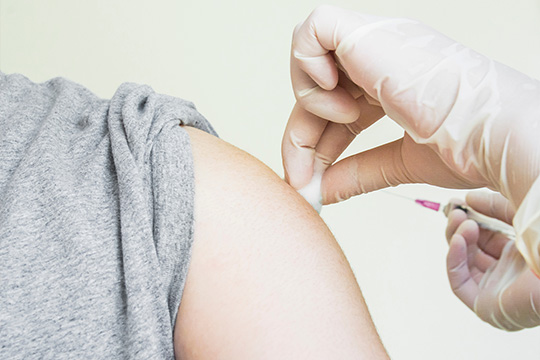Here are some tips that can help:
- Drink lots of water
- Eat your favorite “unhealthy” foods in moderation
- Be sure to always have vegetables and fruits on your plate
- Take a walk after every meal to help digestion
- Limit your alcohol intake
- Eat slowly to control your appetite
Ingredients : (Servings 4)
- Boneless chicken thighs (skinless) 320 g)
- Taro 160 g
- Pumpkin 160 g
- Unsweetened soy milk 200 ml
- Ginger 2 slices
- Garlic (minced) 2 cloves
- Vegetable oil 1 tbsp
Marinade (for chicken thigh):
- Light soy sauce 1 tsp
- Sugar ½ tsp
- Cornstarch 1 tsp
Seasoning:
- Salt ¼ tsp
Directions:
- Cut the chicken thighs into pieces. Mix well with the marinade for about 30 minutes.
- Rinse and peel the taro. Cut into chunks and steam for 10 minutes. Set aside.
- Rinse and peel the pumpkin. Cut into chunks.
- Heat oil in a non-stick pan and fry the ginger and garlic. Then stir-fry the chicken.
- Add the taro, pumpkin and soy milk. Cover with a lid and braise at low heat until the taro and pumpkin chunks become tender.
- Add in the seasoning and stir-fry well.
Nutrition Analysis: (Per Serving)
- Energy 198 Kcal
- Carbohydrate 14g
- Protein 18g
- Fat 8g
- Dietary fiber 1.6g
- Sodium 300mg
Enjoy your holidays, healthy!
Source: www.elderly.gov.hk
Medical Disclaimer:
This material is not a substitute for qualified medical diagnoses, treatment, or advice. It should not be used to replace the suggestions of your personal physician or other health care professionals.






